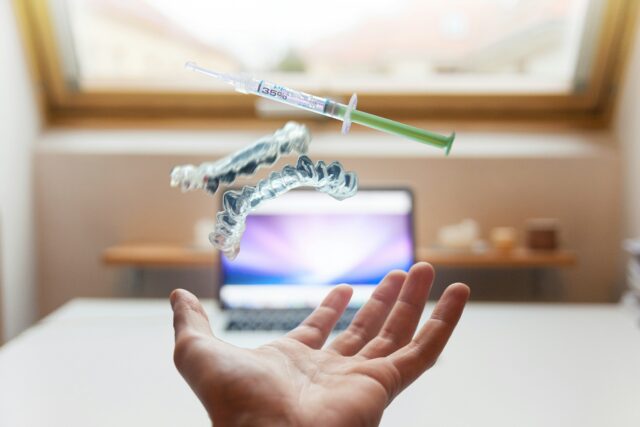Remember the days of bulky paper charts and appointment books overflowing with scribbles? Today’s dental landscape is brimming with innovative technologies promising to streamline workflows, enhance patient care, and boost your practice’s efficiency. But with so many options, how do you navigate the exciting, yet sometimes overwhelming, world of digital dentistry?
Here’s a guide to help you evaluate and implement new technologies seamlessly:
Step 1: Identify Your Needs
Every practice is unique. Before diving in headfirst, consider your most pressing challenges. Is it streamlining patient communication? Maybe it’s improving record-keeping or enhancing treatment planning. Identifying your specific needs will guide your tech hunt.
Step 2: Research and Compare
Now that you know your battleground, it’s time to explore your arsenal. Research different solutions, compare features, and don’t be afraid to ask for demos. Consider factors like user-friendliness, compatibility with existing software, and of course, budget.
Step 3: Start Small and Scale Up
Don’t try to conquer the entire digital frontier at once. Begin with a pilot project, perhaps a new patient education software or a digital X-ray system. This allows you to assess its impact on your workflow and staff comfort level before making a larger investment.
Step 4: Embrace the Learning Curve
New technology often comes with a learning curve. Invest in staff training to ensure everyone feels comfortable using the new system. Consider offering incentives or gamifying the learning process to boost staff engagement.
Step 5: Measure and Adapt
Technology is a powerful tool, but it’s not a magic wand. Track key metrics after implementing a new system. Did appointment wait times decrease? Did patient satisfaction scores improve? By analyzing data, you can refine your approach and make the most of your new digital assets.
Integrating new technologies can revolutionize your practice. By following these steps and embracing a continuous learning mindset, you can confidently step into the future of dentistry, one byte at a time.





